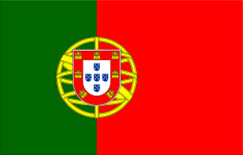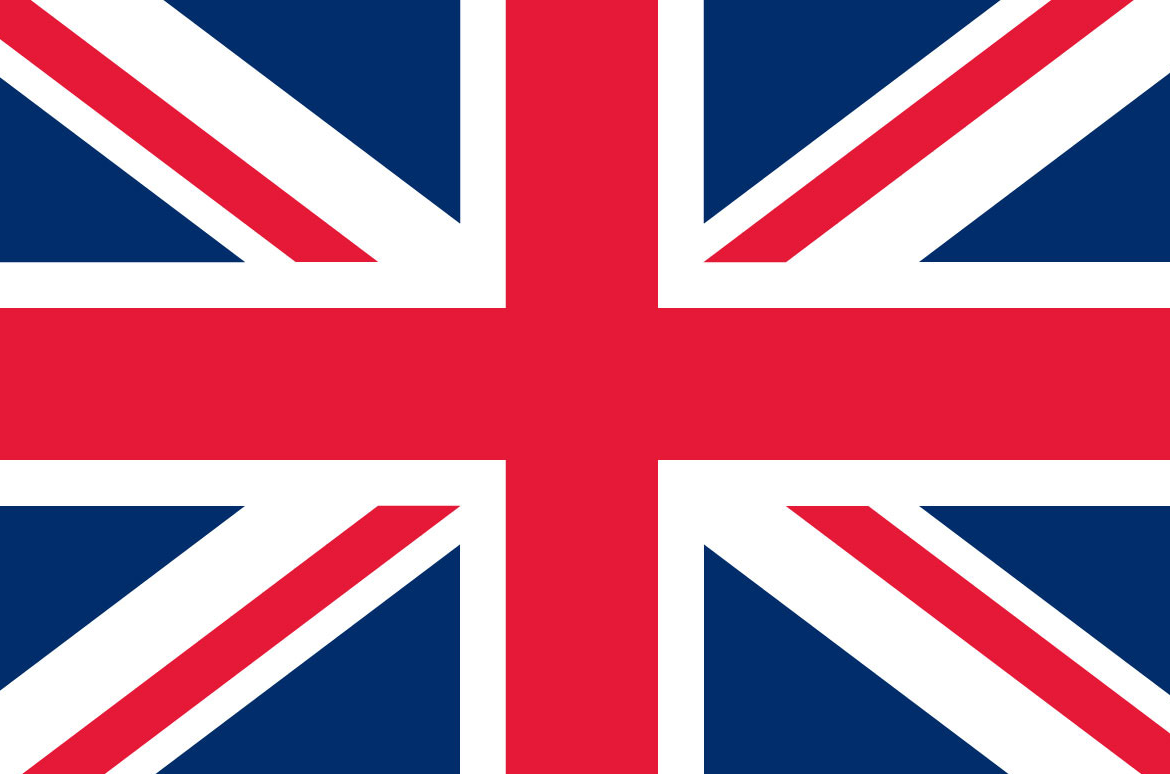Species
Recreational Fishing
Species
Breadcrumbs
![]() The catching and retention of the following species shall be prohibited
The catching and retention of the following species shall be prohibited
(See articles 10 and 13 of Ordinance No. 14/2014 of 23th January)
- Undulate Ray (Raja undulata)
- White Skate (Rostroraja alba)
- bluntnose sixgill shark (Hexanchus griseus)
- Great White Shark (Carcharodon carcharias)
- Basking Shark (Cetorhinus maximus)
- Silky Shark (Carcharinus falciformis)
- Oceanic whitetip shark, (Carcharinus longimanus)
- Porbeagle Shark (Lamna nasus)
- Bigeye thresher Shark (Alopias superciliosus)
- Ocean Sunfish (Mola mola)
- Bluefin Tuna (Thunnus thynnus) *
- Eel (Anguilla anguilla)
- Picked dogfish (Squalus acanthias)
- Grouper (genus Epinephelus)
- Palinurid spiny lobsters (genus Palinurus)
- Lamprey (Petromyzpn marinus)
- Lobster (Homarus gammarus)
- European flat oyster (Ostrea edulis)
- Salmon (Salmo salar)
- Shad (Alosa alosa)
- Twaite Shad (Alosa fallax)
- Sea Birds (all)
- Seahorses and alike (Family Syngnathidae)
- Reefs (all)
- Marine Mammals (all)
- Sea Turtles (all)
* The retention of bluefin tuna, for all recreational fishing, is only allowed up to a limite of 500 kg, per year, provided that it is a specimen of a minimum size of 115 cm, and only by recreational fishermen operating on board tourist fishing vessels previously authorized to fish this specie by the DGRM, according to Article 11 of Ordinance No. 14/2014.
For the following species, only the capture and tagging is allowed, and may not be retained on board or landed, except in sport fishing competitions, unless they reach at least the following dimensions:
| Species | Scientific Name | Minimum Dimensions |
| Bigeye Tuna a) | Thunnus obesus | 115 cm |
| Bluefin Tuna b) | Thunnus thynnus | 115 cm |
| Swordfish c) | Xiphias gladius | 125 cm |
| Blue Marlin c) | Makaira nigricans | 200 cm |
| White Marlin c) | Tetrapturus albidus | 100 cm |
| Longbill Spearfish c) | Tetrapturus pfluegeri | 100 cm |
| Roundscale Spearfish c) | Tetrapturus georgei | 100 cm |
| Mediterranean Spearfish c) | Tetrapturus belone | 100 cm |
| Blue Shark/Shortfin d) | Prionace glauca | 150 cm |
| Longfin mako d) | Isurus oxyrinchus | 150 cm |
(a) It is allowed the retention and unloading of up to 3 such specimens per day and per vessel.
(b) Catches are allowed up to a limit of 500 kg taken from the national quota for this stock per year and for all recreational fishing.
(c) Only one specimen per day and per vessel of all these species may be retained and unloaded.
(d) Only one specimen per day and per vessel of all these species may be retained and unloaded.
If any of the species referred to in the previous table, listed in Annex II of the Ordinance No. 14/2014, is caught on board of vessels licensed for maritime tourism activity, the following information shall be referred to the DGRM within 10 working days from the date of capture, using the Form available on this website:
- Full name of maritime-tourist operator
- Registration number assigned to the operator
- Vessel name on board of which the catch was taken
- Registration of the vessel on board of which the capture was taken
- Date of capture
- Place of landing
- Name of the species captured
- Weight of captured specimen in kilograms
- Length of captured specimen in centimetres
- GPS coordinates of the fishing location
- Number of the recreational fishing license of the fisherman who carried out the capture.
![]() Minimum sizes
Minimum sizes
The capture of fish, crustaceans, molluscs and echinoderms, whose size is smaller than the minimum sizes laid down in current legislation for commercial fishing, is prohibited.
The measurement of fish, molluscs and crustaceans is explained in the Figures 1 to 12
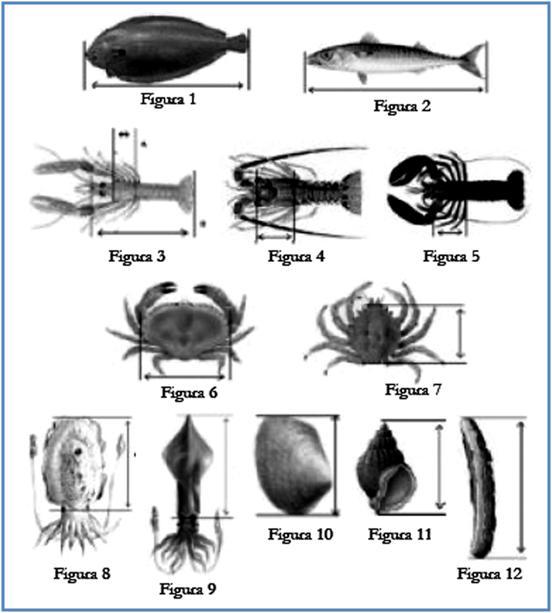
![]() Marking of Caught Species
Marking of Caught Species
(Referred to in Article 12 (9) of Ordinance No. 14/2014 of 23rd January)
For the purpose of distinguish fish caught in the recreational fishing activity, in the form of shore fishing or on board fishing, it is mandatory to mark all specimens before leaving the place or landing, respectively, by making a cut in the tail fin of each specimen, as exemplified in the Figures1 to 4.
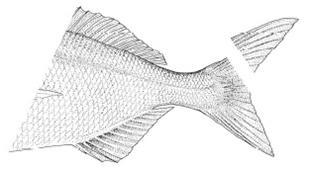
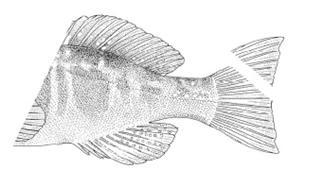
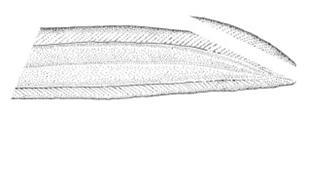
Figure 1 Figure 2 Figure 3
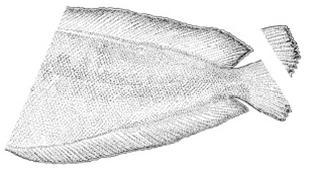
Figure 4
![]() Daily Capture Limits
Daily Capture Limits
The total weight of the daily catches in recreational fishing may not exceed 10 kg per practitioner, not taken into account the specimen with the highest weight.
In underwater fishing, this limit is 15 kg and the largest specimen is not taken into account regardless of the number of practitioners on board if a support vessel is used.
Without prejudice to the obligation to comply with the maximum limit of 10 kg in the case of shore fishing or on board fishing or 15 kg in the case of spear fishing, the maximum catch of mussel (Mytilus spp) is 3 kg, the maximum catch of oysters (Crassostrea spp) is 5 kg, the maximum catch of Japanese clam is 5 kg and the maximum catch of all organisms other than these, other than fish or cephalopods, is 2 kg, and the largest specimen is not taken into account as referred to in the previous two paragraphs.
The daily limit for catching earthworms and alike (annelids) is 0.5 L per practitioner, not including cocoons.
These limits do not apply to sport fishing competitions in which captured specimens must be kept in a survival conditions and returned to the water.
For specimens which are dead or unable to survive after measurement and weighing, the general provisions laid down for recreational fishing shall be applied, in particular Article 12 (1) of the aforementioned Ordinance, which provides that each fisherman may hold to 10 kg of fish and not including the largest specimen, without prejudice to the organization of the event being able to lay down more restrictive measures.
With the exception of underwater fishing and maritime-tourism fishing, for when there are more than three practitioners on board, the total catch limit shall not exceed 25 kg, not including the most weight specimen for each practitioner.

